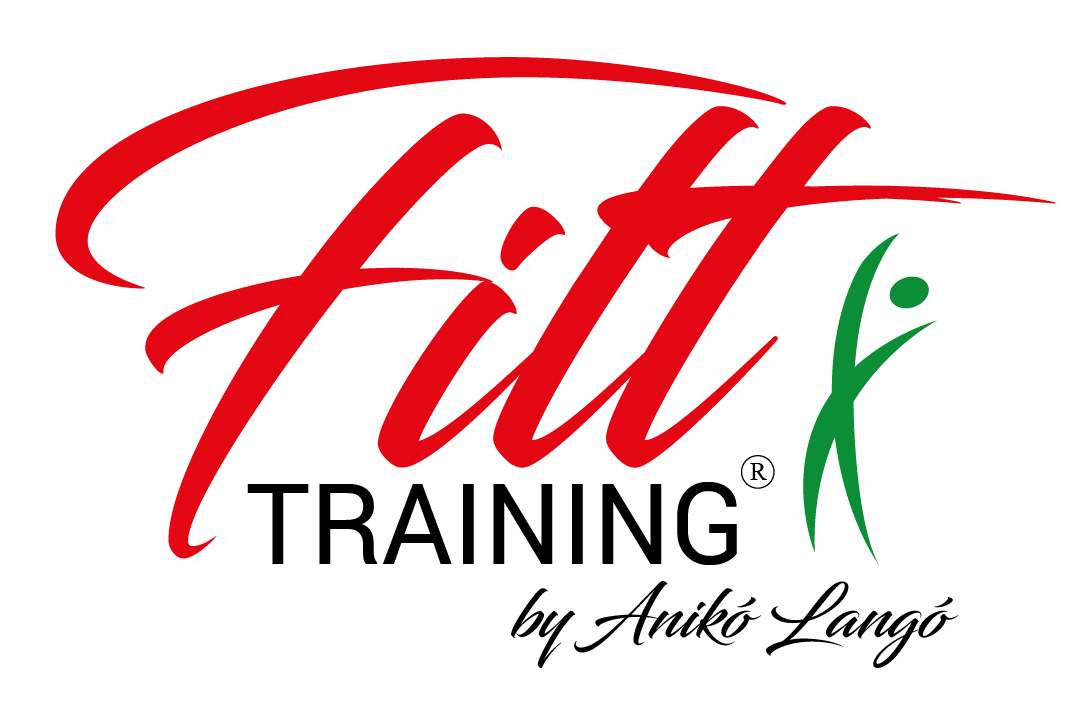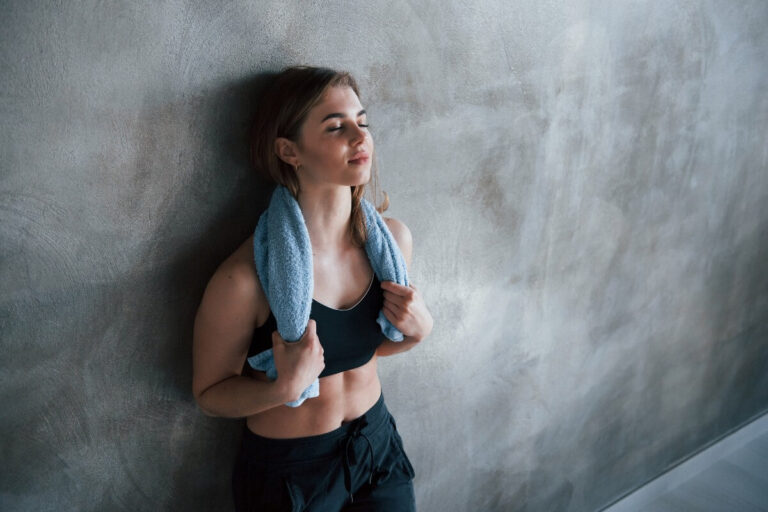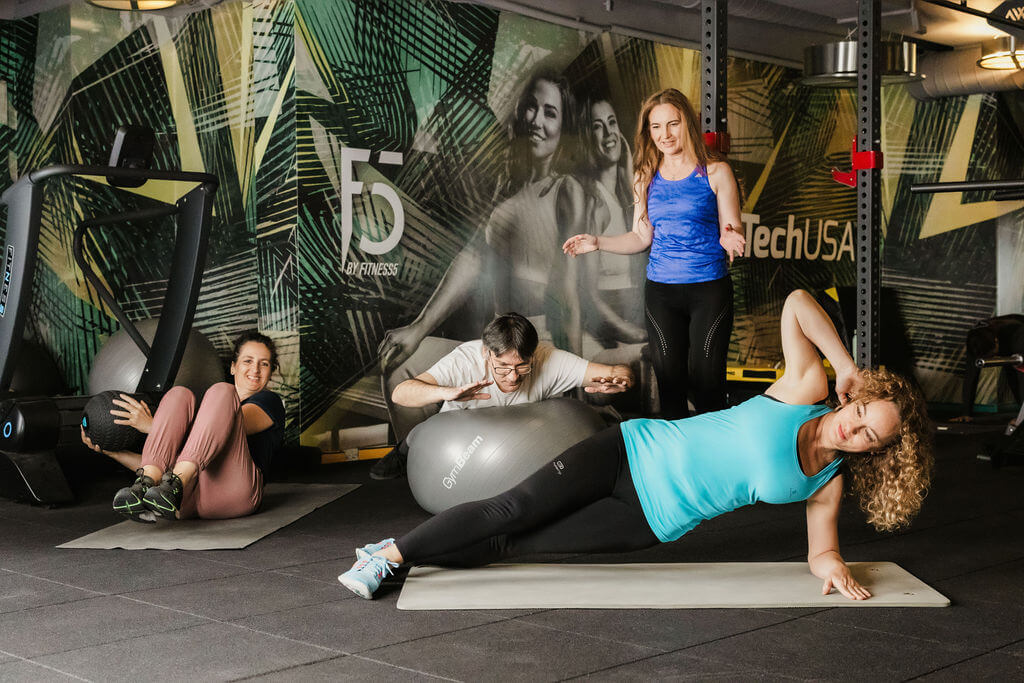It’s a familiar scene: you finish your last set, wipe your face, and head straight for the shower. The workout is done, right? Not quite. If your goal is to recover well, stay healthy through exercise, or make training with chronic illness both safe and effective, then skipping the cool down is a mistake you don’t want to make.
What exactly is a cool down?
The cool down helps the body gradually transition from exertion to a state of rest. It usually lasts just a few minutes and includes light movement — walking, slow cycling, gentle elliptical work — paired with stretching and controlled breathing. Simple, but powerful.
The benefits go beyond just “catching your breath”:
- Gradually lowers heart rate and body temperature
- Helps clear lactic acid and metabolic waste products
- Supports the body’s natural regeneration process
- Reduces the risk of muscle soreness and injury
- Boosts metabolic efficiency — a key factor if you’re exercising to manage type 2 diabetes or treat fatty liver disease (FLD) with lifestyle changes
Why it matters even more after 40
By the time you’re in your forties, your body doesn’t bounce back like it used to. That’s not a weakness — it’s simply biology. Muscles lose elasticity, joints stiffen, and recovery takes longer. At this stage, stretching and cooling down after a workout aren’t “optional extras.” They’re part of the essential maintenance that keeps you moving well.
While your muscles are still warm and pliable, stretching becomes more effective. A good cool down prevents stiffness, keeps your range of motion intact, and most importantly, helps lower your injury risk. For anyone balancing exercise with a chronic condition, this step is non-negotiable.
Why recovery really matters
Here’s a truth most people miss: your workout breaks the body down, but the rebuilding happens afterwards. That’s when muscles adapt, energy systems reset, and strength develops. Skipping the cool down means you’re cutting short that process. For those over 40 — and especially for anyone training with chronic illness — it’s the cool down that helps your body shift smoothly back into balance.
A Small Step With a Big Payoff
Cooling down isn’t some fancy routine — it’s as simple as slowing down, moving gently, and letting your body catch its breath. Ten minutes is enough. A short walk, a few stretches, some calm breathing. Do that, and suddenly your muscles recover faster, your joints don’t feel as stiff, and the next day you can move without wincing.
And if you’re one of the many people balancing exercise with medication — what we call hybrid therapy — this step becomes even more important. It’s what keeps training safe, sustainable, and something you can actually look forward to instead of dread..
Let your body finish the conversation
Think of the cool down as your body’s way of wrapping up the session. It’s not wasted time — the final piece makes the effort count. Give yourself those extra minutes. Tomorrow, you’ll move easier, feel better, and know you’re building fitness in the smartest way possible.




